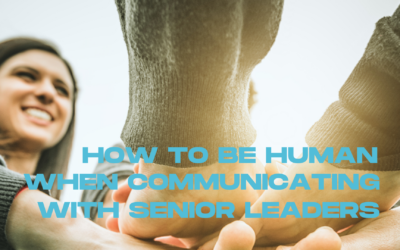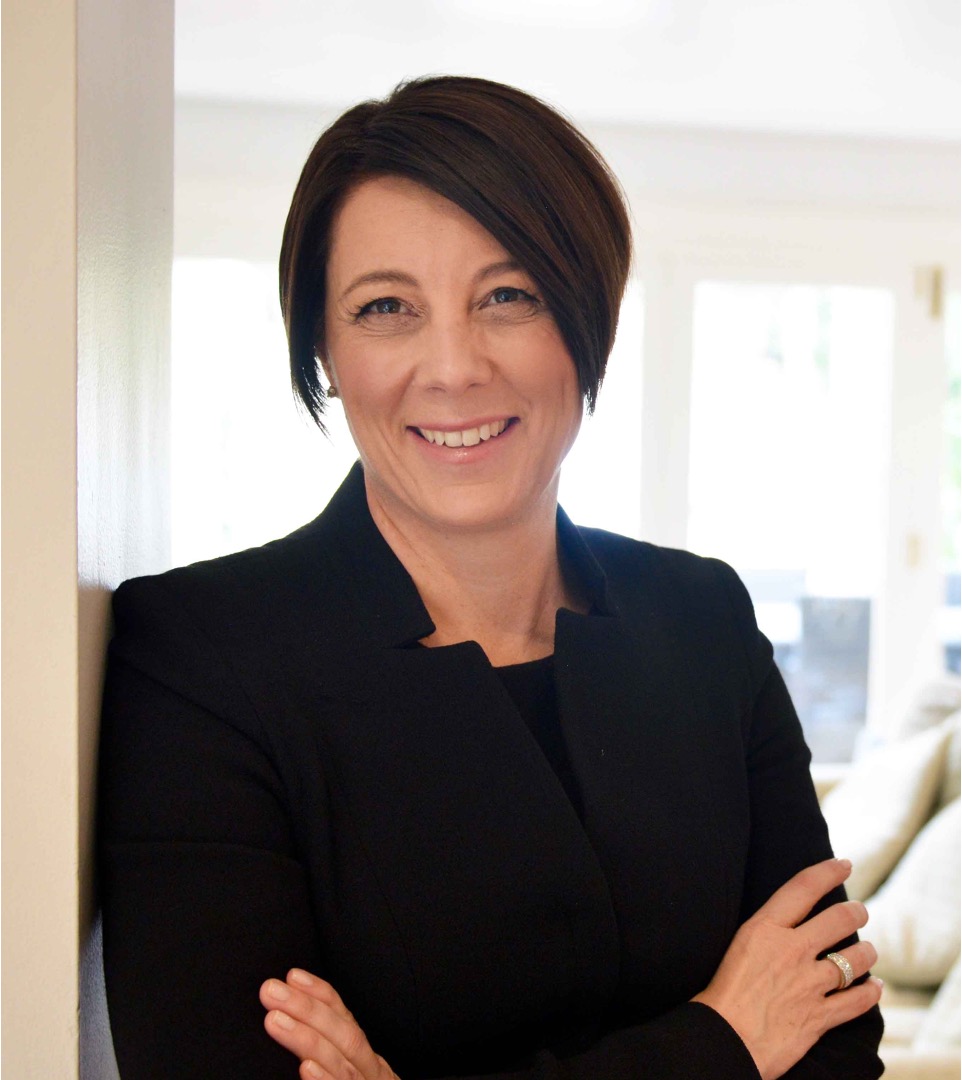When working with a technical team recently I was reminded how most of us ‘write to think' at least some of the time, if not a lot of the time.
This is particularly the case when working with complex material.
Here's what happens: we sit down to write and map out and fill in our initial crude structure piece by piece. However, while we are doing that our ideas clarify and we become increasingly clear about what we need to convey. By the end of the paper, we are very clear.
However, here's the problem: the writer was only clear about what they wanted to say by the time they got to the end of their document, not at the start.
And what does the reader see first? The start.
And, just when you thought that you could cut and paste the last ‘aha' paragraph or so to the front of your document to fix this problem, think again.
Whether the ‘aha' paragraph is at the front or the back of your document your poor reader is left to walk alongside your own thinking journey to try unpick not only the writer's key insight but how the writer got there.
Here are three suggestions that will help you avoid the “write to think” trap when you next write something so that you provide your reader with a compelling argument that is aimed at them, not at you.
Firstly, begin writing knowing that you are writing for yourself, not for somebody else. If by chance your first draft is fabulous, great: but this is unlikely to be the norm.
Secondly, prepare your early drafts as a note to yourself, not in the final deliverable format. This way you avoid any confusion about your audience as well as the risk of sending something important out before it is really ready. For example, in drafting this post I am writing it in our beta site so that I don't share it with you before I am happy with the content.
When you are confident that your ideas are sufficiently thought through for someone else to comprehend your meaning, copy and paste the text into an audience-friendly format, whether that is an email, memo, letter, report … or whatever you need.
Thirdly, find a way to test your draft before you send it.
Here are three suggestions for doing that:
-
-
- If you are very pushed for time, changing the visual appearance of the ideas helps enormously. You might put the ideas into a one-page storyline format, or into an email, or – even – just change the font so it looks different.
- If you have a little time, put the draft down and do something else for a while before coming back and looking at it again, or ask a colleague for their opinion
- If you have a substantial amount of time, leave it overnight and review again in another format in the morning and repeat the process whenever you hit a new milestone.
-
If you would like some more ideas that will help you orient your communication more directly toward your audience, consider joining the Clarity Hub. Learn more here.
We help you communicate complex ideas so that demanding audiences stop and listen.
Keywords: #design your strategy, #develop your storyline,
RELATED POSTS

PRESENTED BY DAVINA STANLEY
I love what I do.
I help senior leaders and their teams prepare high-quality papers and presentations in a fraction of the time.
This involves 'nailing' the message that will quickly engage decision makers in the required outcome.
I leverage 25+ years' experience including
- learning structured thinking techniques at McKinsey in Hong Kong in the mid 1990s before coaching and training their teams globally as a freelancer for a further 15 years
- being approved to teach the Pyramid Principle by Barbara Minto in 2009
- helping CEOs, C-suite leaders and their reports deeply understand their stakeholder needs and communicate accordingly
- seeing leaders cut the number of times they review major papers by ~30% and teams cut the amount of time they take to prepare major papers by ~20%*
- watching senior meetings focus on substantive discussions and better decisions rather than trying to clarify the issue
My approach helps anyone who needs to engage senior leaders and Boards.
Recent clients include 7Eleven, KPMG, Mercer, Meta, Woolworths.
Learn more at www.clarityfirstprogram.com
(*) Numbers are based on 2023 client benchmarking results.









